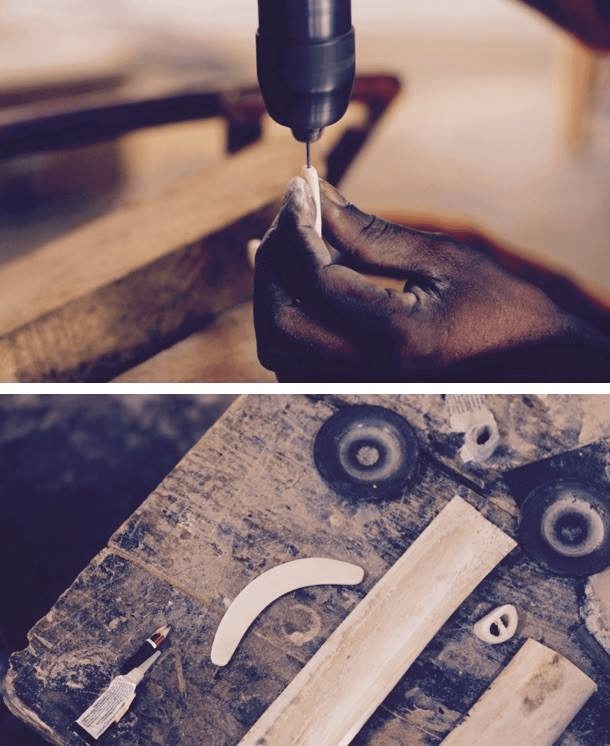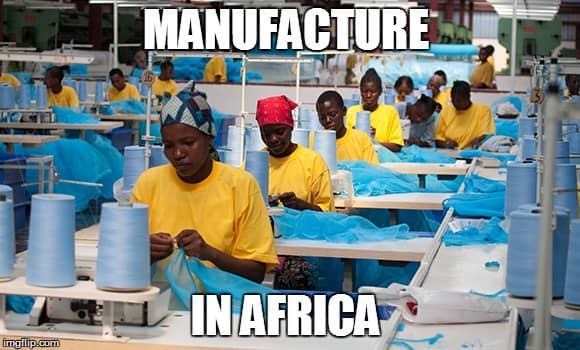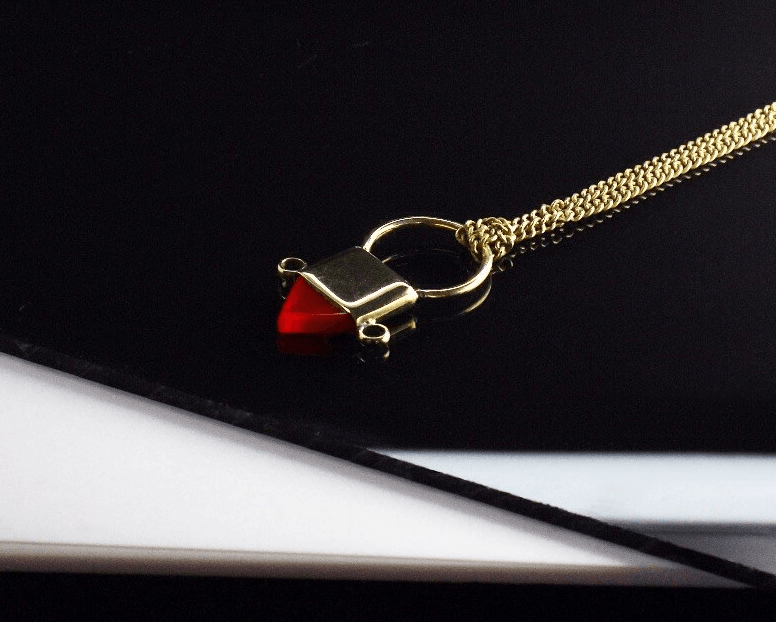Sisi King, cofounder of the accessories brand ZikoAfrika, writes about her challenges developing a business model that allowed her to tap into efficient technology and ramp up scale while responding to growing demand for handmade African goods. Sisi King raises important questions about responding to short term market demands against long term growth opportunities.
Two years after the collapse of a garment factory that killed more than 1,100 people in Bangladesh, the race to the bottom in the fashion industry may finally be slowing. Consumers are demanding products that have been made in a socially responsible manner, and brands, both large and small, are responding. With this increase in authentic goods with a social impact narrative, made-in-Africa products are gaining significant traction. Handmade items from the continent are especially in high demand; they are being carried across the retail spectrum, from low to high end luxury retailers.
While this interest in handmade goods is to be celebrated, Africa is unable to compete with the high volume, low cost goods from China and India. The change in global consumer spending trends presents both unique opportunities and challenges for African production. If we buy into the hype of handmade in Africa, we ignore the bigger picture of working towards sustainable socio-economic growth for a quick marketing fix.
The Story of ZikoAfrika
Co-starting ZikoAfrika, a locally produced accessories brand in Kenya, I absolutely believed in the power of small-scale community focused production as a driver for fair employment opportunities. However, we were unprepared for the huge challenges we would face, producing a consistent high quality product at a price buyers were willing to pay.
“Handmade goods have the powerful draw of connecting the consumer with the producer, providing a sense of meaning and transparency in a world awash with amorphous goods and murky supply chains.”
Still, this is what consumers are largely unaware of: a lot of handmade production takes place in the informal work sector, which is unregulated and outside the bounds of government set minimum wages and conditions. Furthermore, the process is slow and quality is inconsistent. These issues present significant barriers to scaling.
Learn to Grow Your Business
In our case, these challenges made it difficult to meet timelines and low costings set by wholesalers. It became clear that to have a viable business, we would have to centralise our operations in a formal workshop and mechanise parts of the production line. As such, we explored the idea of finished by hand, not made by hand. This process involved re-evaluating our materials, designs and production line.
We replaced natural materials such as bone and horn whose supply are inconsistent with perspex, a low cost and readily available plastic. This changed enabled us to utilise lasers to cut components that were then sent to an audited workshop for assembly and polishing, eliminating a huge degree of uncertainty in our production process.
Available for hire in downtown Nairobi, lasers enabled us to cut high volumes of our material in a couple of hours with a 0% rejection rate. This task previously took at least a week, with up to 30% rejections. The change in production meant the opportunity to fulfill larger orders on time and with no rejection. For the workshop, it meant getting the pieces out faster, enabling employees to take on more work.
In harnessing cutting edge technology available in our city, we combined two disparate worlds and broke through some of the barriers inherent in manufacturing by hand with a low-skilled labour force.
The Challenge with Alternatives
Being able to significantly increase production capacity, efficiency and quality was extremely exciting and motivating. However, on informing our main international client of the changes in our manufacturing process, we were told under no circumstances would products that were not 100% made by hand be accepted.
At a crossroad, we had to decide whether we should continue to produce exclusively by hand, securing the short term survival of our business, or commit to a long term vision we believed had greater potential for both our business and our producers.
A larger conceptual issue also loomed – is the largely western vision of the romantisized artisan and new obsession with handmade actually limiting development and fair growth in Africa rather than enabling it?
To a large extent, I would argue that the obsession with handmade African goods limits development and fair growth opportunities. The global demand and value for fashion provides countless opportunities for product and market diversification. But to take full advantage of the potential for design industries to drive socio-economic growth, our products must meet quality standards, volumes, price-points and lead-times consistently. This requires some element of a mechanised production line, as well as significant investment in centralised manufacturing units that can be well managed and monitored.
This is not to say that artisanal handmade production do not have a place in socio-economic development. It does – particularly in rural areas with limited money generating opportunities, or in the preservation of unique cultural handicraft techniques. However, without significant growth in the formal manufacturing sector, Kenya cannot grow from a low skill, low capital economy to a medium income one. Formalising and investing in fashion production units that utilise modern technology to eliminate bottle necks while continuing to retain an element of hands on production provides a viable hybrid to intensive industralisation. This hybrid enables our products to be competitive in international markets.
Asking Ourselves the Difficult Questions
As brands producing in Africa, we have a role to play in this emerging narrative. The handmade label has strong marketing currency – it is personal, the very antithesis of fast fashion and sweatshop labour, and it’s what the world wants now. But, we need to ask ourselves: is it viable? Are artisans actually making a living wage, are they working in conditions that are safe, are they working fair hours? Is what we are doing scalable and sustainable?
For some it will be, particularly those in the luxury goods sector who have the working capital to invest in and equip small, highly skilled production units. But for many of us, it may simply be limiting the long term growth of our businesses and by extension our continent.



